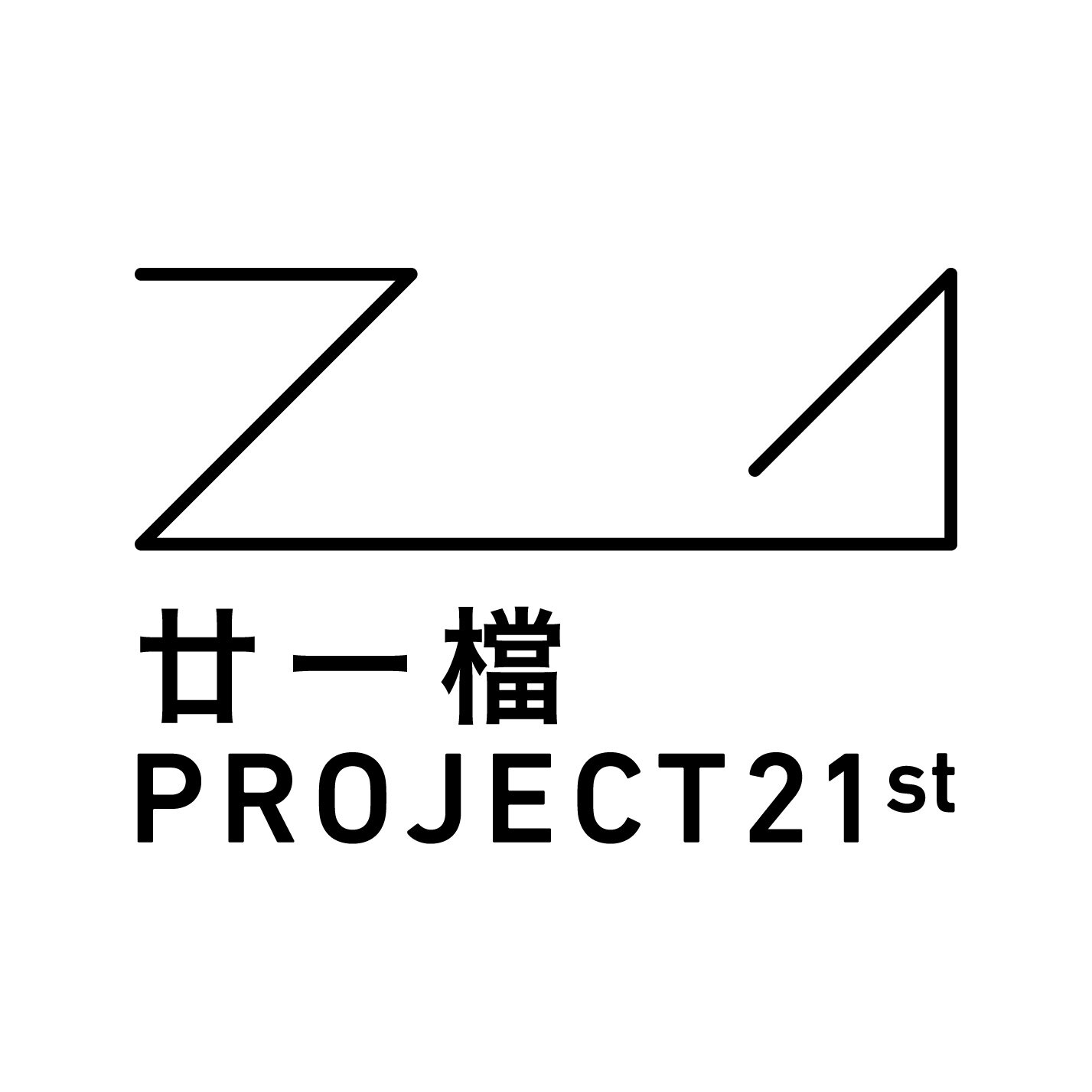Play Further! Video Series
An Online Contemporary Music Showcase
Tosiya Suzuki 鈴木俊哉 | recorder
Tadashi Tajima 田嶋直士 | shakuhachi
Charles Kwong: Imaginary beings 2 for Tadashi Tajima and Tosiya Suzuki (2020)
Toshio Hosokawa: Mana (2022)
Shika no Tōne 鹿の遠音 (adaption of the shakuhachi honkyoku repertoire)
Brian Ferneyhough: Mnemosyne (1986/2004 recorder version)
In this programme it features three works written by living composers - Toshio Hosokawa, Brian Ferneyhough and Charles Kwong. How's your experience in working with them?
Tosiya Suzuki: Charles Kwong composed a wonderful piece As if the Wind is Seeking Itself for Mario Caroli and me at Takefu International Music Festival in 2018. It was a really nice and great time to work together in person, to think about it now. This collaboration leads to our next piece, Imaginary beings 2. We have played it nearly 20 times in Japan, Spain, Italy and Hungary.
Toshio Hosokawa: Mana for recorder and shakuhachi (2022)
We asked Toshio for a new piece for recorder and shakuhachi but not for this particular project. The première is scheduled in October 2022 and the piece was just finished in July 2022. It was a perfect timing to record this new work by Toshio. We didn’t know how the piece would be, but we are keen to include it in this video series. I knew Toshio for 30 years. For me, working with him is not only about getting good advice of his compositions, through him I was introduced to play with Tadashi, sho player Mayumi Miyata and Arditti String Quartet, as well as many composers such as Kwong and Brian Ferneyhough.
Shika no Tōne 鹿の遠音
This is a very important honkyoku (original pieces) repertoire. The piece is my first honkyoku transcription to recorder during my study of Japanese music. Before that, I was a Japanese recorderist who knew nothing about Japanese music.
Brian Ferneyhough: Mnemosyne, version for great bass recorder and tape (1986/2004)
Apart from traditional shakuhachi repertoire, I also transcribe works for flute. This is my approach to explore possibilities of my instrument from a musician’s angle. Mnemosyne was written for bass flute and this version is for great bass recorder. Great bass is often played in recorder consorts and has little solo repertoire. This piece by Ferneyhough highlights the unexplored possibilities of the instrument.
I met Brian at Akiyoshidai Seminar and Festival in Japan in 1996 and 1997. At that time I have already started studying one of his piece, Carceri d'Invenzione IIb. At the festival he is told that I was studying his piece. Brian then replied “I want to hear that”. He had a very busy schedule. But on the last day of the festival we managed to do a rehearsal session together. He started conducting as soon as I played! In the piece the tempo changes in every bar, 2/10, 5/8, 5/12, etc…… I was just too busy to play the notes and had no time to look at him at all! You can imagine how pale I turned in this first meeting with him.
We admire that you have a remarkable career as a recorderist, and at the same time enjoy a spectacular reputation for your contribution to the new repertoire of the instrument. A lot of new compositions are written for you, and you also adapted a very wide range of repertoire, ranging from shakuhachi honkyoku to contemporary works by Salvatore Sciarrino. Can you share with us what’s your vision as a recorderist and as a musician?
First of all, thank you very much for your admiration!
I see that recorder is a kind of “folk” instrument in some parts of Europe, and is an instrument that was not affected by the industrial revolution. Shakuhachi is also one of this kind of instruments, as well as and many Chinese instruments. In my opinion, these instruments share or have something in common. I believe some new experiences would emerge when we put these instruments together and rediscover them with our present view.
We know that you have been working a lot with Tadashi Tajima, forming a very unique and successful duo of recorder and shakuhachi. How did this duo come together in the first place? And what makes it sustain for so many years?
Our first duo concert was a concert at the Takefu International Music Festival 2012, a Festival directed by Toshio Hosokawa. Whenever I played with Tadashi, I am deeply inspired. It is a big delight to me, as always, to collaborate with Tadashi. But it requires more than professional admiration to sustain this close working relationship for a long time. Last year, we were on tour twice playing in 16 concerts. We lived, ate, travelled and worked together for a month! Tadashi, being a very kind person, never complains and always accepts my not so finer moments. I think true friendship enhances the value of our artistic practice.


